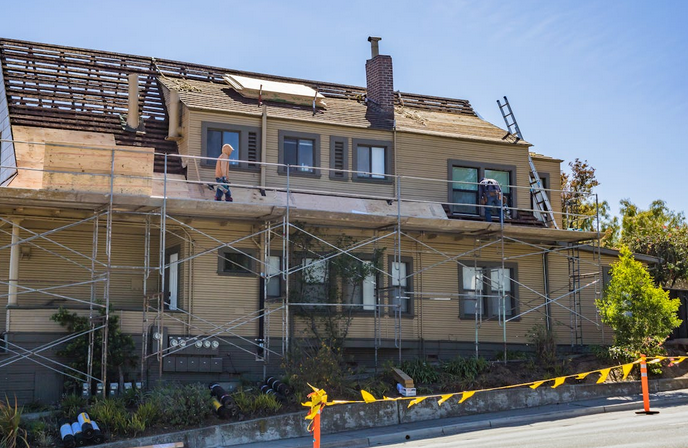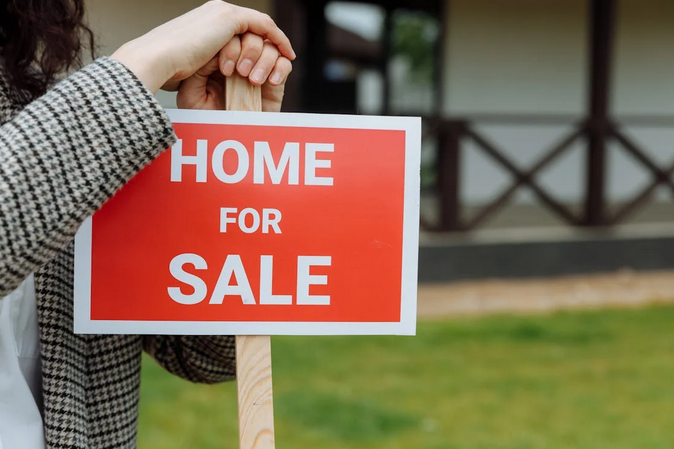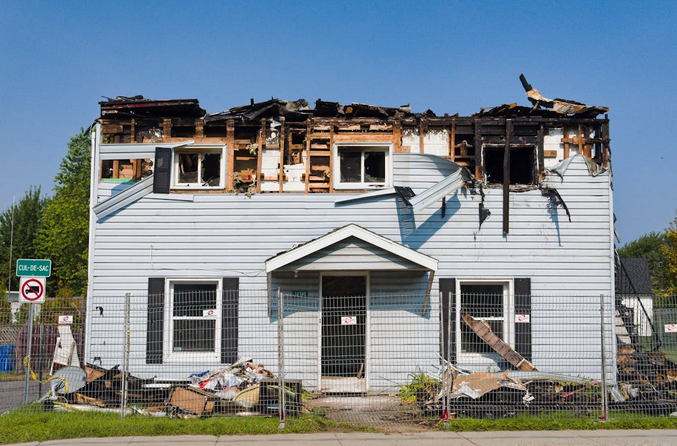Selling a fire-damaged home can feel like navigating a maze. The emotional toll, the financial implications, and the uncertainty of timelines can be overwhelming. If you’ve found yourself in this situation, you’re not alone. Many homeowners face these challenges after experiencing such a devastating event. But how long does it actually take to sell a fire damage house? The answer isn’t straightforward. It depends on various factors, including the extent of damage, your preparedness for repairs, and even market conditions. Understanding what lies ahead is crucial as you embark on this journey.
Understanding the Damage: Types and Severity of Fire Damage
Fire damage can vary significantly, impacting the home in different ways. Understanding these distinctions is essential for both restoration and selling. There are three main types of fire damage: primary, secondary, and tertiary. Primary damage occurs from flames directly affecting a structure. It often results in charred wood beams or melted wiring. Secondary damage arises from smoke and soot that infiltrate various surfaces, leaving behind stains and odors. This type can linger long after the fire has been extinguished. Tertiary damage involves water used during firefighting efforts. Excess moisture can lead to mold growth if not addressed promptly.
Knowing Some Factors Affecting the Timeline for Selling a Fire-Damaged Home
Selling a fire-damaged home isn’t as straightforward as listing it on the market. Several factors can impact how long the process takes. The extent of damage is crucial. A minor kitchen fire may require less time for repairs than extensive structural damage. Buyers often want to know what they’re getting into, so transparency about the condition is essential. Location plays a role, too. Homes in high-demand areas may sell faster, even if damaged, compared to those in slower markets.
Choosing the Right Restoration Company

Choosing the right restoration company is crucial when dealing with a fire-damaged home. Start by seeking recommendations from trusted friends or family who have had similar experiences. Research online reviews and ratings to gauge the reputation of potential companies. Look for those who specialize in fire damage restoration, as they will understand the unique challenges involved. It’s important to check if the company is licensed and insured. This not only protects you but also ensures professional standards are met during repairs. Get multiple estimates before making your decision. Each bid should detail their approach to restoring your home so you can compare services effectively. Don’t hesitate to ask questions about their experience with insurance claims and timelines for completion. A transparent process will give you peace of mind as you navigate this challenging situation.
Preparing the Home for Sale: Repairs, Cleaning, and Staging
Preparing a fire-damaged home for sale involves careful attention to repairs, cleaning, and staging. Start with an inspection to identify the necessary fixes. Structural damage might be evident, but don’t overlook hidden issues like smoke residue. Once repairs are underway, focus on deep cleaning. Smoke can cling stubbornly to surfaces, so use specialized products that eliminate odors rather than just mask them. A thorough cleaning will make your home more appealing. Staging is crucial in showcasing the home’s potential. Use neutral colors and simple decor to create a welcoming atmosphere. This helps buyers envision themselves living there despite previous damage.
Marketing and Selling a Fire-Damaged Home

Marketing a fire-damaged home requires a strategic approach. Highlight the potential in the property while being transparent about its current condition. Detail any repairs or upgrades made since the incident to attract buyers looking for value. High-quality photos can make a significant difference. Capture both the property’s charm and any unique features that survived the damage. Consider using before-and-after images if restoration work is completed. Leverage online platforms effectively, targeting investors or house flippers who might see opportunities where others see problems. Use social media channels to broaden your reach and engage with local real estate groups.
Selling a fire-damaged home can be a complex and time-consuming process. It requires careful consideration of various factors, from the extent of the damage to dealing with insurance claims. Each step in this journey involves its own timeline. It’s essential to be patient throughout the entire process. Rushing decisions or skipping necessary steps can lead to further complications down the line. Taking your time ensures that every aspect is handled properly, whether it’s repairs, cleaning, or marketing.

